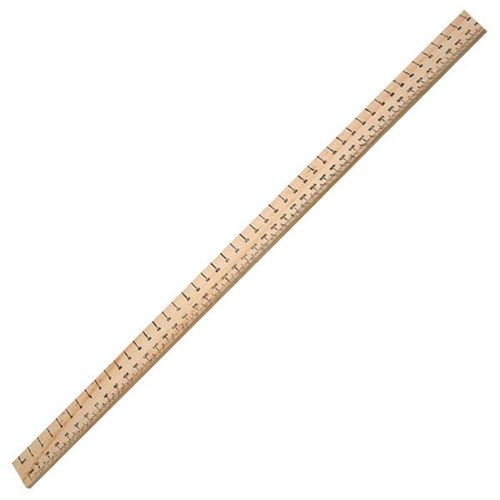Aim
The purpose of my investigation is to find out how high a ball can bounce at a certain height.
Equipment
Hypothesis
The higher the ball drop the higher bounce but not higher from where you drop the ball.
Method
-Get the equipment needed (ball, ruler, stand with boss head, papers to put your data on and camera)
-Try out my investigation 3 times at 5 certain height while my camera is recording in slow motion.
-Records my data.
-Put in a graph
Finish off experiment by blogging it
Key Variables
The Dependent Variable -The height of the ball bounces
The Independent Variable -The height of the ball
Control Variables-Surface of where you drop the ball
-The type of ball you use
Drop Height
|
Height
|
Of
|
First
|
Bounce
|
Trial 1
|
Trial 2
|
Trial 3
|
Average
|
| 0.2 (m) | 9 (cm) | 14 (cm) | 13.5 (cm) | 14 (cm) |
| 0.4 (m) | 27 (cm) | 27 (cm) | 27 (cm) | 27 (cm) |
| 0.6 (m) | 34 (cm) | 33 (cm) | 32 (cm) | 34 (cm) |
| 0.8 (m) | 43 (cm) | 44 (cm) | 40 (cm) | 44 (cm) |
| 1 (m)s | 52.5 (cm) | 50 (cm) | 51 (cm) | 52.5 (cm) |
Conclusion
My hypothesis was correct "The higher the ball drop the higher bounce but not higher from where you drop the ball.''






